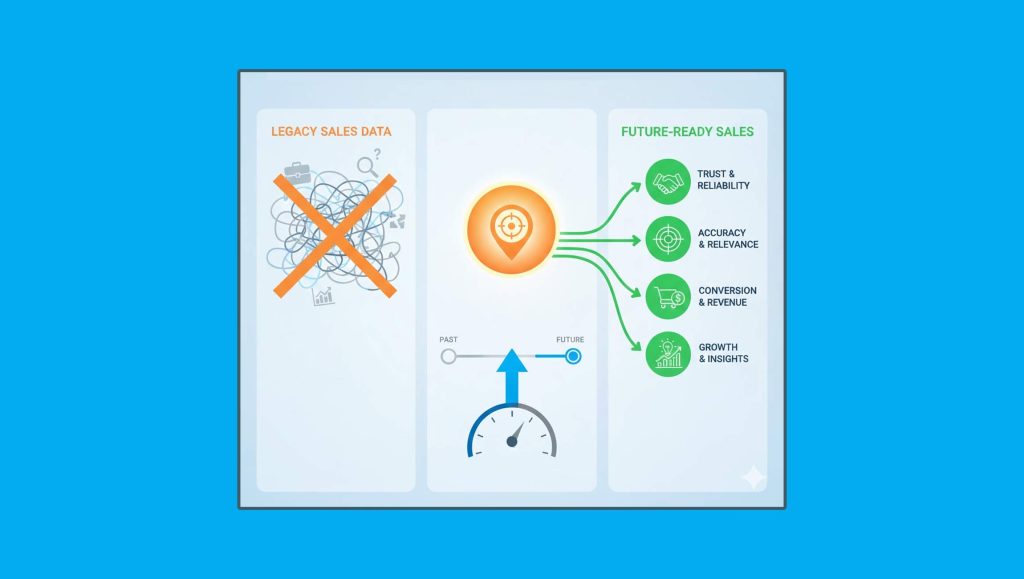It’s much more expensive for online retailers to compete on speed alone, and it may cause them to overlook opportunities to acquire and retain online customers, according to new research.
The long-held assumption that speed is the most important online delivery factor for e-commerce customers is upended by new research released in an article today by MIT Sloan Management Review. During the early COVID-19 lockdowns, committing to a speedy delivery seemed particularly important. Now, as many consumers emerge from the pandemic, they care more about being able to select a specific delivery day and a precise delivery time when it’s convenient for them to take in their groceries.
A new analysis finds that a grocery customer is willing to wait 10.8 hours longer for a delivery if the delivery window is one hour shorter, and will wait an additional 7.5 hours longer if the delivery can be received on a preferred day of the week, all else being equal. The data also shows that customers tend to prefer to receive orders at the end of the week rather than on weekends.
Read More: New Breed Named To Inc. 5000 List Of Fastest-Growing Companies For Third Consecutive Year
Customer loyalty and basket sizes are also factors in grocery shoppers’ delivery preferences. Customers who have different levels of loyalty to the retailer have different delivery preferences. For example, repeat customers are willing to pay more for the same delivery attributes compared with other shoppers. Moreover, customers with very large baskets are willing to pay double the delivery fee to improve delivery-window precision by one hour.
“Precision instead of speed is key,” said Pedro Amorim, assistant professor of industrial engineering at the University of Porto. “Executing a strategy dedicated to speed alone can be expensive, particularly for grocery retailers, whose margins are notoriously thin. There is a less costly option worth considering: analyzing operational data about delivery patterns.”
4 Recommendations Online Retailers Can Take to Design Their Omnichannel Strategy
Instead of competing solely on delivery speed, retailers can assess the preferences of their customers and their willingness to pay for different multiple delivery attributes, such as speed, precision, and flexibility. The MIT Sloan Management Review article, “Online Shoppers Don’t Always Care About Faster Delivery,” provides four recommendations for those who are in charge of designing their business’s omnichannel strategy:
Read More: Archer Announces Revolutionary Data-Powered Underwriting Tool For Multifamily Investors
- Invest in data and analytics infrastructure. This includes tools that collect and manage data on customer behavior, such as how they navigate through a site. It is also essential to track purchases across both online and offline channels. That, in turn, often requires changes in data management to give cross-functional teams access to data from both channels.
- Collect and analyze customer-specific time-slot selection data. Retailers just beginning this effort can focus on basic descriptive analytics that highlight what attributes customers prefer, on average, given the options chosen by customers at the moment of checkout. More advanced teams can deploy discrete choice models to understand willingness-to-pay characteristics across customer segments and various order types.
- Understand what delivery attributes drive loyalty and repeat purchases. This requires the retailer to have some capability in predictive analytics. Questions of interest include whether different customer segments prefer one delivery attribute over another.
- Work across teams to roll out new delivery strategies. To capitalize on their newfound understanding of customer preferences, operations and marketing teams must collaborate closely. Operations can design the fulfillment strategy that best meets customers’ needs. Marketing can promote the improved service and communicate how it differs from competitors’ delivery options.
“Analytically minded retailers can craft delivery time slots that are unique to each customer based on revealed preferences,” says Nicole DeHoratius, adjunct professor of operations management at the University of Chicago Booth School of Business. “I strongly encourage retailers to rethink their operations to optimize not only on speed but also the most appropriate combination of speed, precision, and flexibility.”
Write in to psen@itechseries.com to learn more about our exclusive editorial packages and programs.





















